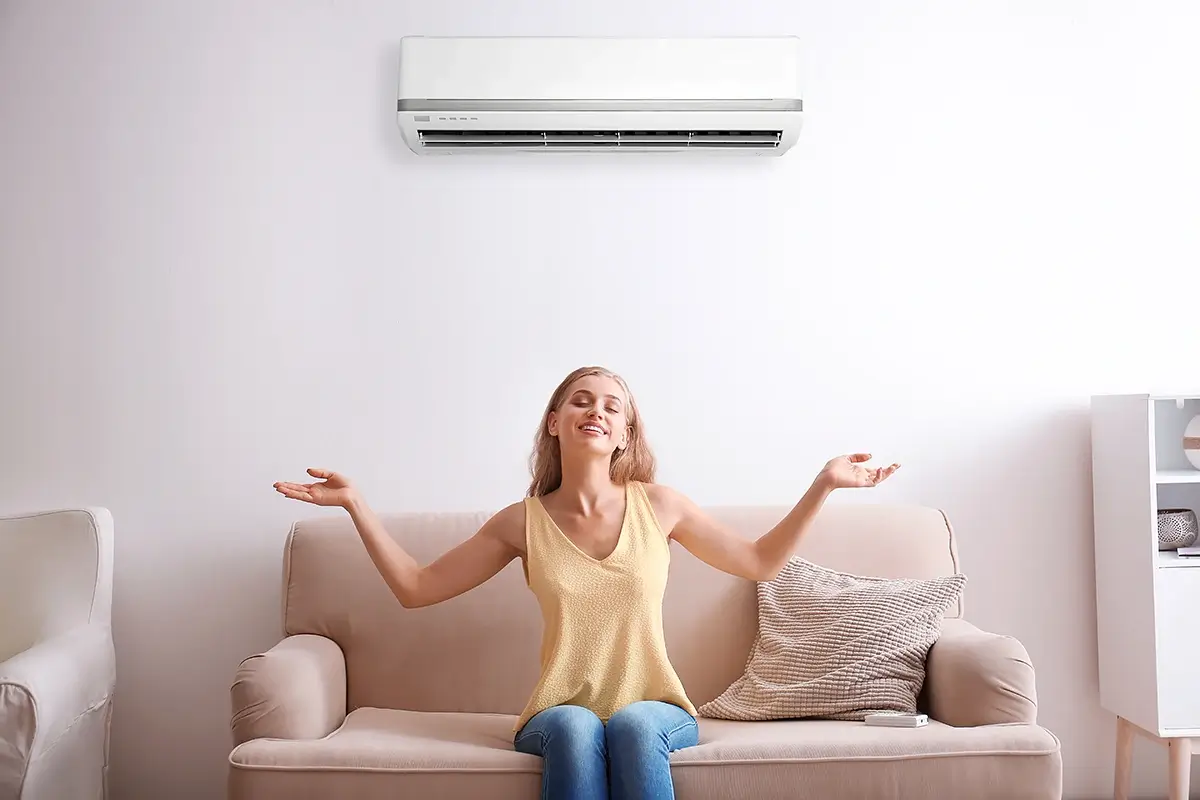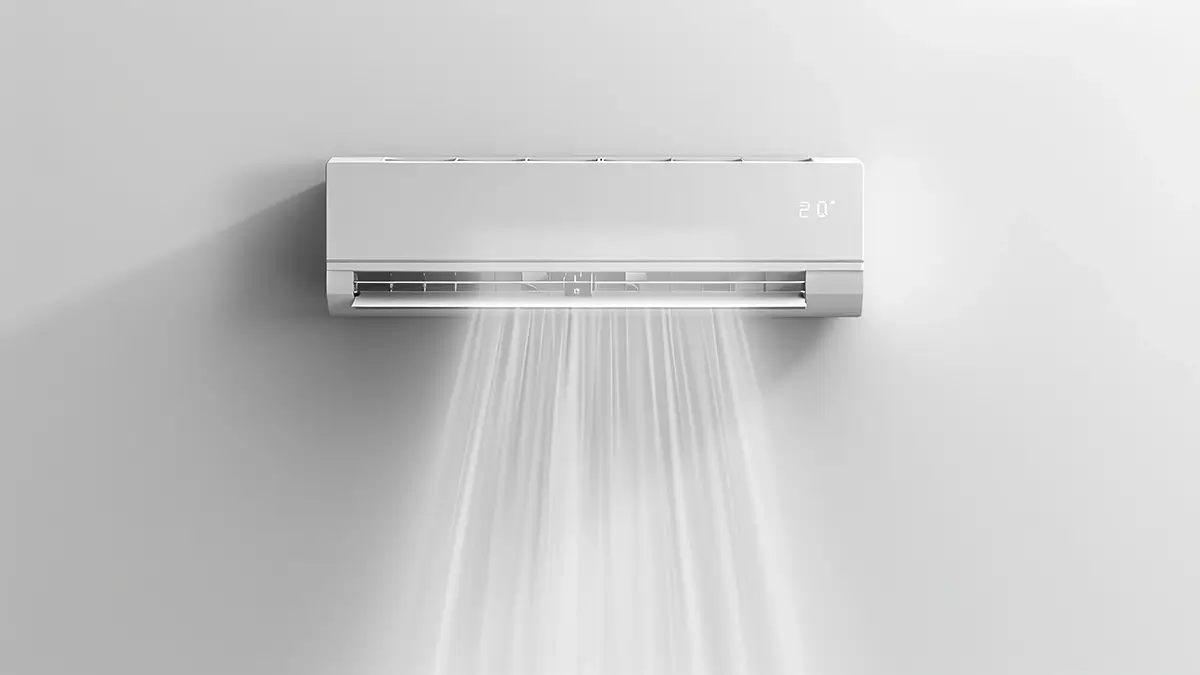
 Guide
Guide  Monoblock or split heat pump – which one to choose and why?
Monoblock or split heat pump – which one to choose and why? 
 Back
BackGrowing environmental awareness, combined with the desire to reduce building operating costs and, equally importantly, legal requirements, have led to a significant increase in interest in heat pumps. Homeowners are making informed choices, increasingly opting for this environmentally friendly source of renewable energy, while also appreciating its other advantages – above all, its efficiency and real financial benefits. However, before they decide on this investment, they have to make a difficult choice – a monoblock or split heat pump?
Heat pumps as a way to save money
Fuel prices are rising, whether it is coal, heating oil or gas. A heat pump is an excellent solution that will help us free ourselves from the costs – and supplies! – of fossil fuels.
Every heat pump – whether monoblock or split – uses three quarters of the natural heat contained in the air, with only 25% of the energy needed to heat your home and hot water coming from an external source, i.e. electricity. Operating costs are therefore up to half those of gas boilers of similar capacity, while maintaining optimal thermal comfort in the rooms.
What's more, combining a heat pump with a photovoltaic system maximises potential savings, making the building largely independent of expensive non-renewable energy.
How does a heat pump work?
The simplest explanation of how the device works, regardless of whether it is a monoblock or split version, is that it extracts heat energy from the outside air and then transfers it to the building's heating system via an exchanger.
Interestingly, even when the temperature drops below zero, the air still contains heat which, thanks to the physical processes of compression, expansion, evaporation and condensation taking place inside the pump, can be used to heat the house and domestic hot water. In addition, in warmer months (and with climate change, we are seeing more and more of them), a heat pump can replace air conditioners as a cooling element.
Monoblock vs. split – what is the difference?
A device mounted outside, containing all structural elements in a common housing, is a monoblock, while a split system, as the name suggests, is divided into two parts: an external part with the key components of the heat pump and an internal part with a condenser, water pump and electric heater. What does this mean for the average user? Unfortunately, this is a dilemma that everyone has to solve for themselves. The advantage of a split system, such as the R32 model from the KAISAI Arctic series, is primarily the adaptation of the outdoor unit to operate even at very low temperatures, which is further aided by the frost-resistant refrigerant connections between the two parts of the device. On the other hand, it is the refrigerant in the pipes connecting the outdoor and indoor units that requires special authorisation to install a split heat pump, whereas a monoblock, as a factory-sealed device, does not require such authorisation from an installer. Annual leak checks and registration of the product card in the Central Register of Operators (CRO) are also unnecessary. None of the above are required for KAISAI SPLIT heat pumps.
So, which is better, a monoblock or split heat pump?
It is difficult to give a definitive answer to this question. Much depends on specific conditions and expectations. With a monoblock, the undoubted advantage is that the entire device can be located outside the building, thus saving space inside.
Another advantage is the ease of installation, as all you need to do is connect the pump to the central heating system. Although it would seem that the need to protect the water in the plate heat exchanger from freezing could significantly increase the amount of electricity required, this is not a problem with modern systems. The Monoblok Arctic KHC 6-16 kW heat pump has a high energy efficiency rating of A+++/A++, making it a truly energy-efficient solution all year round, regardless of external weather conditions.
Monoblock units also operate more quietly than split system heat pumps. However, there is one small caveat – unlike split pumps, it is important to protect their heating medium from freezing.
***
Commercial buildings, multi-family housing, single-family homes – there is a suitable heat pump for every project. Monoblock or split – both systems have comparable performance and the same operating characteristics. The final decision therefore depends on individual needs.





